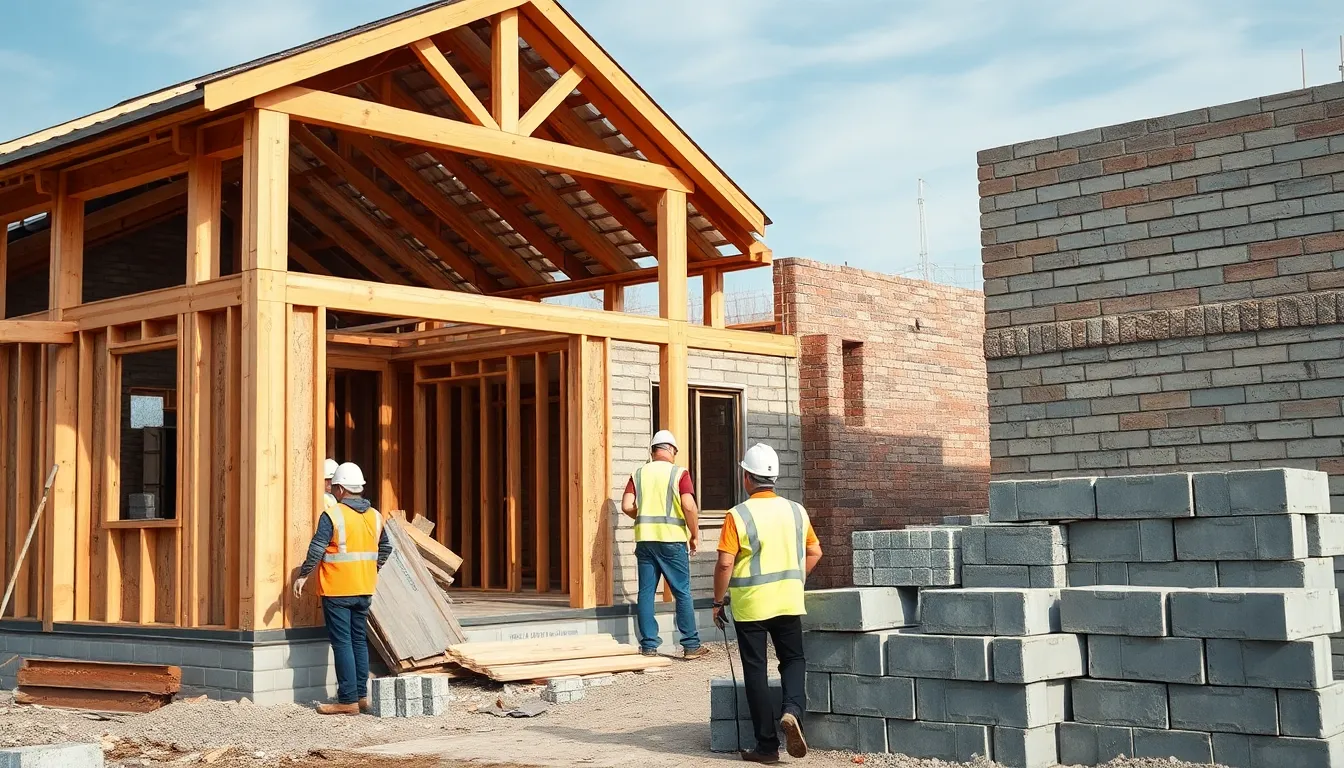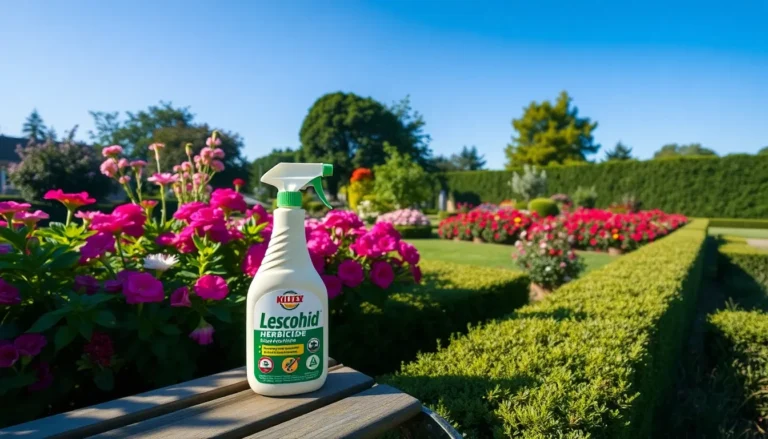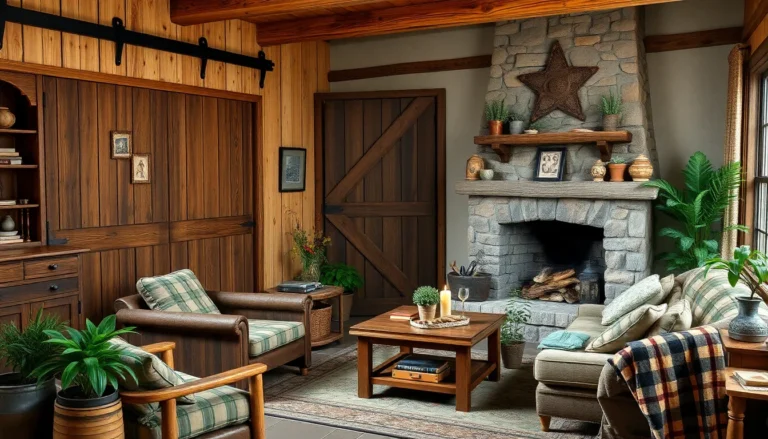Table of Contents
ToggleWhen it comes to building construction types, the choices can feel overwhelming. It’s like trying to pick a favorite child—every option has its merits and quirks. From sturdy wood frames to sleek steel structures, each type brings its own flair to the architectural dance floor. Understanding these options isn’t just for architects and builders; it’s crucial for anyone looking to create their dream space.
Overview of Building Construction Types
Building construction types significantly impact both design and functionality. Common options include wood frame construction, known for its versatility and cost-effectiveness. Steel structures provide enhanced durability and strength, making them ideal for high-rise buildings. Concrete construction appears frequently in commercial projects due to its long lifespan and fire resistance.
Additionally, masonry construction combines brick or stone, delivering excellent thermal mass and aesthetic appeal. Each type presents unique characteristics suited to specific project needs.
Wood frame buildings typically feature lighter materials, allowing for quicker assembly and reduced labor costs. Steel constructions allow for greater spans and heights without sacrificing structural integrity. Concrete’s compositional strength protects against harsh weather conditions, while masonry offers a timeless look along with stability.
When selecting a construction type, it’s essential to consider factors such as climate, budget, and intended use. Climate influences the choice between insulated wood frames and fortified steel structures. Budgets drive decisions based on material costs and labor availability. Intended use helps determine whether a facility requires heavy load capacities or flexible interior layouts.
Sustainable building practices also influence construction types. For example, green wood construction promotes sustainable forestry, and innovative concrete technologies enhance energy efficiency. Understanding the advantages and limitations of each building construction type equips architects, builders, and homeowners to make informed decisions.
Traditional Building Construction Types

Traditional building construction types offer various options that cater to different needs and preferences. Each type comes with unique characteristics that impact design, durability, and cost.
Wood Frame Construction
Wood frame construction remains one of the most popular methods due to its versatility. This approach involves wooden studs, beams, and a durable framework that supports walls and roofs. Builders favor wood for its cost-effectiveness and ease of use, allowing quick assembly. Structures with wood frames often exhibit excellent insulation properties, making them energy-efficient in diverse climates. Additionally, it allows for creative design flexibility, enabling custom layouts that suit various lifestyles.
Masonry Construction
Masonry construction uses materials like brick, stone, or concrete blocks. This method provides excellent strength and durability, attracting many builders for residential and commercial projects. Masonry structures offer exceptional fire resistance and can withstand harsh weather conditions, enhancing lifespan. Many appreciate the timeless aesthetic appeal of masonry, which can blend seamlessly with surrounding environments. Thermal mass in masonry contributes to energy efficiency by regulating indoor temperatures, making masonry an attractive option for sustainable construction.
Concrete Block Construction
Concrete block construction utilizes pre-formed masonry units, featuring strong structural integrity and efficient build times. Blocks are often used for load-bearing walls in both residential and commercial settings. Builders prefer this method for its durability, as concrete is resistant to fire, pests, and extreme weather. Blocks provide great insulation properties when used with appropriate materials, resulting in energy-efficient designs. Many structures built with concrete blocks feature low maintenance requirements and can be easily customized with finishes for aesthetic appeal.
Modern Building Construction Types
Modern construction methods diversify options available for architects and builders. Two popular approaches include steel frame construction and pre-engineered metal buildings.
Steel Frame Construction
Steel frame construction offers significant strength and flexibility, making it ideal for high-rise buildings and large spaces. The durability of steel withstands environmental pressures and requires less maintenance compared to other materials. Architects appreciate the design versatility that steel frames provide, allowing for wide-open floor plans and creative structural solutions. Buildings utilizing this method often demonstrate quick assembly times, which enhances overall project efficiency. Sustainability can also play a role, as recycled steel contributes to reduced waste in construction processes.
Pre-Engineered Metal Buildings
Pre-engineered metal buildings serve a range of applications, from warehouses to retail spaces. These structures consist of factory-made components that ensure efficient construction and lower costs. Fabrics of high-quality steel guarantee longevity and resistance to rust and corrosion. The design versatility allows for customization, which caters to specific project needs while minimizing wasted materials. Quick installation often leads to faster occupancy and revenue generation. Eco-friendly considerations can come into play, as many manufacturers offer designs that incorporate energy-efficient features and sustainable practices.
Sustainable Building Construction Types
Sustainable building construction types focus on minimizing environmental impact while maximizing energy efficiency. These methods provide innovative solutions for modern architectural challenges.
Green Building Techniques
Green building techniques emphasize resource efficiency throughout a building’s life cycle. This includes energy conservation, use of sustainable materials, and water management strategies. Techniques such as passive solar design harness natural light and reduce electricity usage. Rainwater harvesting systems collect and reuse water, decreasing demand on municipal sources. Additionally, the use of low-VOC paints and finishes promotes healthier indoor environments. Implementing these techniques can lower utility costs and enhance overall sustainability, making them a critical component of modern construction.
Modular Construction
Modular construction involves assembling pre-fabricated sections offsite, then transporting them to the final location for installation. This technique reduces construction waste and shortens project timelines. Factory production enables superior quality control, ensuring consistent craftsmanship. Flexibility in design allows customization to meet specific project needs. With quicker assembly times, modular construction helps minimize disruption to surrounding areas. By incorporating sustainable materials, this approach significantly lowers environmental impact while meeting demand efficiently.
Comparisons of Building Construction Types
Different building construction types offer distinct advantages and limitations that impact costs, efficiency, durability, and maintenance. Understanding these factors aids in selecting the right option for various projects.
Cost and Efficiency
Construction costs vary significantly across different types. Wood frame construction often proves cost-effective, especially for residential projects. It typically requires less labor and material expense. In contrast, steel structures can incur higher upfront costs due to materials and fabrication. However, their long-term efficiency, linked to reduced maintenance and energy performance, often justifies the investment. Concrete construction, while initially more costly, delivers savings over time due to durability and minimal upkeep. Decision-makers must consider both immediate costs and future efficiency when evaluating options.
Durability and Maintenance
Durability varies among building types, affecting maintenance requirements. Steel structures rank high in durability, resisting weather damage and pests, thus requiring less frequent maintenance. On the other hand, wood frame construction may experience issues related to rot or insect infestations, necessitating regular inspections. Concrete construction stands out for its resilience against environmental factors, ensuring longevity with little maintenance. Masonry also offers a robust alternative, needing minimal upkeep while providing aesthetic appeal. Evaluating these durability aspects influences long-term maintenance planning and cost management.
Choosing the right building construction type is crucial for achieving desired outcomes in design and functionality. Each method presents unique benefits and challenges that cater to various needs and preferences. By considering factors like climate, budget, and sustainability, individuals can make informed decisions that align with their goals.
As the construction industry evolves, embracing modern techniques and sustainable practices will not only enhance efficiency but also contribute to environmental preservation. Understanding these diverse construction options empowers architects, builders, and homeowners to create spaces that are not only functional but also environmentally responsible. The right choice can lead to lasting satisfaction and value in any project.








